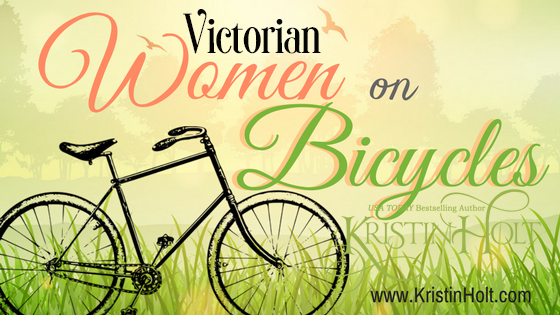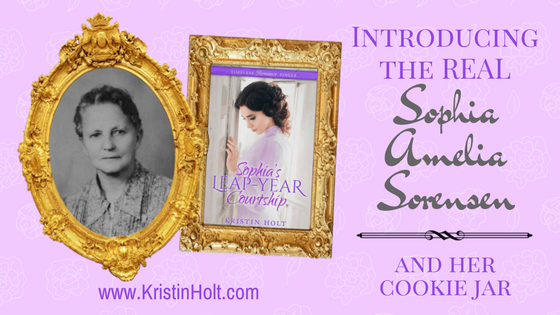
by Kristin Holt | Mar 9, 2017 | Articles
Etiquette governing balls and dances in the American Victorian era seems stuffy, old-fashioned, and strict to 21st century Americans. Every rule of decorum ensured good manners were in play, but most importantly, the moral purity and innocence of young women and young men were maintained. Etiquette governed everything from how a man asked a woman for a dance to how he could properly hold her hand while dancing, to how many dances that pair could have in one evening. This article contains the specifics propriety demanded, and the vintage sources where they may be found. Leap year turned some of the lady’s restrictions upon the men; see the true-to-history newspaper article from 1888 that starred in Sophia’s Leap-Year Courtship.

by Kristin Holt | Feb 21, 2017 | Articles
A bicycle built for two plays a role in my new release, Sophia’s Leap-Year Courtship. Such bicycles are romantic–and they’re making a resurgence. I see them in romantic bridal photography, all over Pinterest, and the research for the book showed me just when they were originally “a thing” and how they could fit into this book. Come see!

by Kristin Holt | Feb 18, 2017 | Articles
Though American Victorian women took to the safety bicycle in droves, newspaper and public notices of the day show that women on bicycles were not widely accepted. A public service announcement from The Woman’s Rescue League proclaimed that women on bicycles were immoral, vulgar, disease-ridden, and unwomanly. Such attitudes didn’t keep women from their bicycles, and with the advent of the new Safety Bicycle, women such as my character, Sophia Sorensen (Sophia’s Leap-Year Courtship), took to cycling and had no interest in forfeiting the exercise and transportation.

by Kristin Holt | Feb 12, 2017 | Articles
Featured in my soon-to-be-released title, Sophia’s Leap-Year Courtship, is my heroine Sophia Amelia Sorensen. I didn’t pull that name out of a hat…or off a list of most-common names from her birth decade (my usual practice). I borrowed my great-great grandmother’s name…and her cookie jar.

by Kristin Holt | Oct 20, 2016 | Articles
Nineteenth Century American Bath Houses were often businesses connected to hotels, barber shops, ladies’ hairdressers, and spas offering massages and curative measures (steam baths, medicated baths, etc.). In the Old West, such businesses advertised in the newspapers of the day, some announcing prices (compared to today’s dollar). It’s a peek into the luxury of a wet-from-head-to-toe bath when a person has no running water at home.













